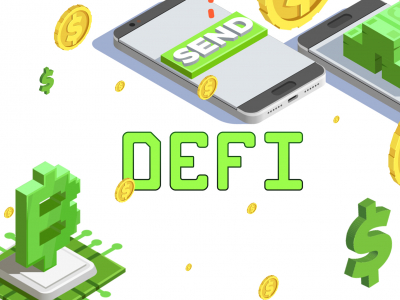Anonymity, the most controversial feature of bitcoin digital currency attracting some and raising suspicions in others, is now going through intense scrutiny, provoking heated discussions both in the blockchain community and within public/financial/security structures.
Being its core principle, though with many reservations, since the first publication of the famous 9-page whitepaper Bitcoin: A Peer-to-Peer Electronic Cash System by Satoshi Nakamoto, anonymity turned the digital currency into an effective tool for creating a distributed, decentralised economy, but also made it easy to use by outlaws for money laundering and other criminal purposes.
This dualism could not but lead to dividing the community into two major groups, one defending anonymity as the fundamental idea behind bitcoin and working on the feature’s improvement, and the other advocating for the digital currency’s complete de-anonymisation.
Those against anonymity claim, and not without a reason, that impossibility to identify transaction parties leads to the lack of trust from both influential structures and common customers, standing in the way of bitcoin's broader expansion. The vision is typical for governments and central banks which start to appreciate the opportunities the technology brings but see the anonymity feature as a “bug” to be“fixed”. Japanese authorities, for instance, want the country's cryptocurrency exchange operators to report identities of their clients. Their view is shared by some cryptocurrency start-ups developing their identity-based bitcoin alternatives “to fight anonymity-empowered crimes and to prompt the compliance of cryptocurrency with regulatory frameworks.”
The opposite point of view is based on the fact that hidden identities are de-facto the only way to protect privacy of bitcoin users. Whilst traditional banking models limit third parties’ access to information about transactions, blockchain technology keeps money flows visible to anyone, hiding information about those who transact.

“The public can see that someone is sending an amount to someone else, but without information linking the transaction to anyone,” the original document by Satoshi Nakamoto reads.
To keep the principle working, bitcoinists are encouraged to use a new key for every transaction. As far as the number of keys created by a single person is not limited by any means, it is difficult to clarify which ones exactly are owned by whom.
The keys consist of random numbers, transactions have no “from” address, and since every single bitcoin can be easily tracked, the person behind the key can only be identified either if they spend bitcoins at a place owned by the same person they bought their bitcoins from, or if any of their transactions is somehow linked to their identity.
The second case is effectively used by the companies which provide blockchain visualisation services, depicting the flows of bitcoins based on network analysis, block-modelling and other techniques.
“The risk is that if the owner of a key is revealed, linking could reveal other transactions that belonged to the same owner,” the Bitcoin: A Peer-to-Peer Electronic Cash System whitepaper warns, noting that multi-input transactions in which the inputs are definitely owned by the same person make linking “unavoidable”.
Multi-input transactions are the main focus of so-called transaction graph analysis aimed at identifying the number of unique bitcoin users through mapping transaction relationships. If any of addresses controlled by a user appears somewhere else on blockchain, then transactions associated with it are likely to be linked to the very same person.
Still, there are ways to re-anonymise addresses by sending related bitcoins to so-called “mixers”. Once an amount of money is sent,a user gets back the same amount (minus a fee) in bitcoins earlier owned by other users. There are risks associated with trustworthiness of mixers, though. Moreover, those who use mixing services are likely to be flagged suspicious in transaction graph analysis.
As of today, the anonymity feature applies mostly to advanced users who acquire their first bitcoins by mining or via private transactions. Those whose entry-point is an online wallet or exchange service link their personal identities to their bitcoins, which means that their transactions are even more vulnerable in terms of privacy (or, to put it in other words, they are much more “transparent”) than those made via traditional bank accounts.
Perfectly understood by anonymity adherents (who work hard to invent new ways to overcome the problem), it is too far from being apprehended by governmental structures, which often explain their harsh stances on bitcoin by pointing at its alleged complete“anonymity”.
Maria Rudina
















